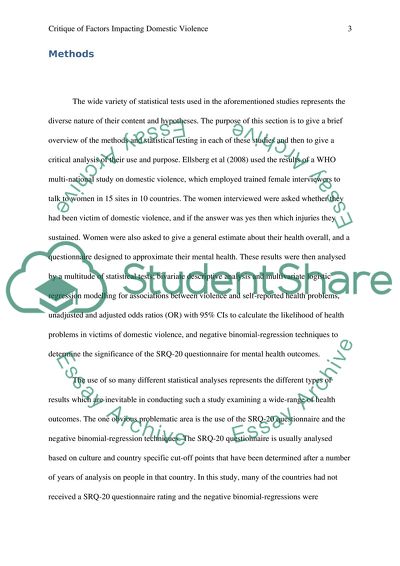Cite this document
(Factors Impacting Domestic Violence Coursework Example | Topics and Well Written Essays - 2500 words, n.d.)
Factors Impacting Domestic Violence Coursework Example | Topics and Well Written Essays - 2500 words. https://studentshare.org/psychology/1769925-research-study-critique-of-factors-impacting-domestic-violence
Factors Impacting Domestic Violence Coursework Example | Topics and Well Written Essays - 2500 words. https://studentshare.org/psychology/1769925-research-study-critique-of-factors-impacting-domestic-violence
(Factors Impacting Domestic Violence Coursework Example | Topics and Well Written Essays - 2500 Words)
Factors Impacting Domestic Violence Coursework Example | Topics and Well Written Essays - 2500 Words. https://studentshare.org/psychology/1769925-research-study-critique-of-factors-impacting-domestic-violence.
Factors Impacting Domestic Violence Coursework Example | Topics and Well Written Essays - 2500 Words. https://studentshare.org/psychology/1769925-research-study-critique-of-factors-impacting-domestic-violence.
“Factors Impacting Domestic Violence Coursework Example | Topics and Well Written Essays - 2500 Words”. https://studentshare.org/psychology/1769925-research-study-critique-of-factors-impacting-domestic-violence.


